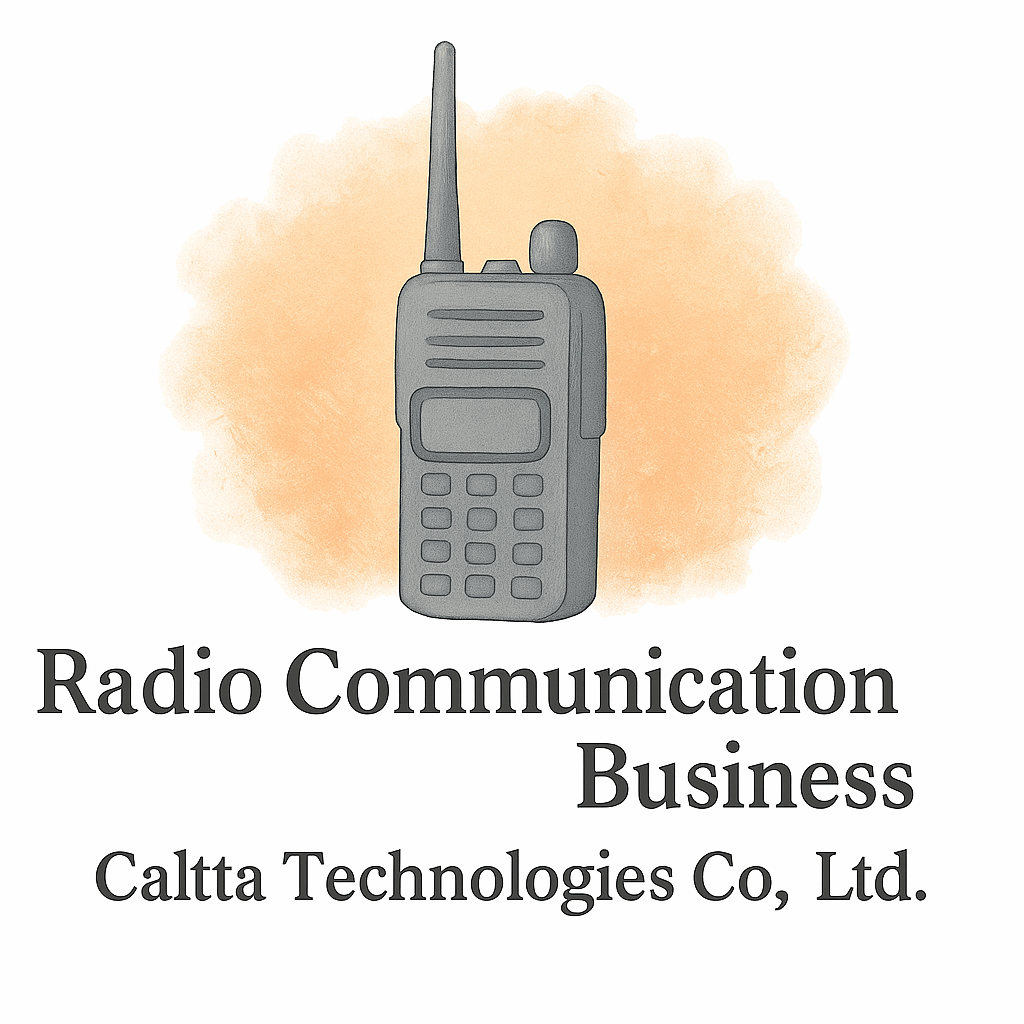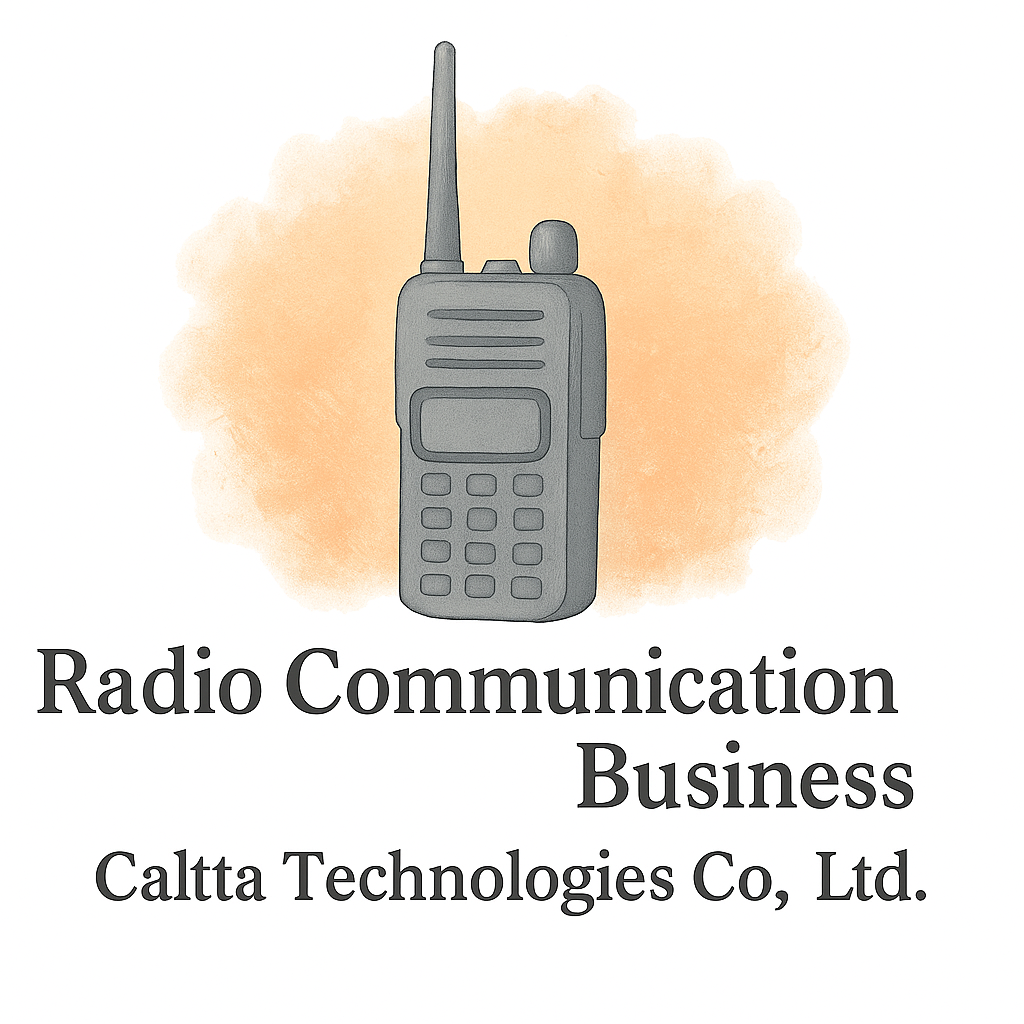Introduction
When disaster strikes—whether it’s a natural catastrophe, a large-scale accident, or a public safety crisis—multiple agencies often rush to respond. Firefighters, police, EMS, and sometimes even military or specialized response teams converge on the scene. Amid the chaos, one thing can either hold everything together or cause devastating confusion: radio communication.
Effective communication is the backbone of collaboration, and without it, even the most skilled teams risk duplication of efforts, overlooked dangers, or tragic mistakes. In this article, we’ll explore 10 guidelines for radio communication during multi-agency response—a practical roadmap to ensure clarity, coordination, and efficiency when it matters most.
Why Radio Communication is Crucial in Multi-Agency Response
The Role of Clear Messaging in Crisis
Imagine multiple teams trying to put out a fire, control a crowd, and rescue trapped individuals—all at the same time. If the police don’t know where firefighters are setting up, or if medical teams miss key updates, lives could be lost. That’s why clear, concise messaging is critical.
Avoiding Miscommunication Among Agencies
Different agencies often use their own lingo, radio codes, or even frequencies. Without coordination, a “10-4” for one group might mean something entirely different for another. That’s where guidelines for radio communication keep everyone aligned.
Guideline 1: Establish a Unified Communication Protocol
Why Standardized Codes Matter
Before a crisis hits, agencies need to agree on a shared set of communication codes—or better yet, plain language. This prevents confusion and ensures no time is wasted deciphering jargon.
Aligning Terminology Across Agencies
Standardizing terms like “evacuate,” “all clear,” or “hazard” eliminates dangerous misunderstandings. Agencies should also adopt policies that are compliance-ready (compliance) for regulatory requirements.
Guideline 2: Prioritize Channel Discipline
Avoiding Radio Traffic Congestion
When multiple voices crowd a single channel, critical information can get lost. Responders should speak only when necessary, keeping the lines open for urgent updates.
When to Use Emergency Override
Some radios allow priority overrides—reserved strictly for life-threatening updates. Training responders on when to use this function avoids unnecessary chaos.
Guideline 3: Use Plain Language Whenever Possible
Cutting Out Jargon and Ambiguity
Plain language reduces the risk of misinterpretation, especially when different agencies or new recruits are on the same frequency. Saying “fire on the second floor” is much clearer than a coded message only half the team understands.
Guideline 4: Train All Responders on Radio Etiquette
Building Confidence Through Drills
Just like practicing CPR, communication skills need rehearsal. Agencies should run joint drills that focus on radio clarity, response speed, and avoiding mistakes (mistakes).
Addressing Common Mistakes in Radio Usage
Frequent issues include overlapping transmissions, long-winded updates, or forgetting to confirm messages. Regular training minimizes these pitfalls.
Guideline 5: Assign a Communications Officer
Centralizing Information Flow
Having a designated officer or dispatcher helps filter information, distribute updates, and maintain channel discipline. This role ensures messages don’t get lost in the noise of a hectic response.

Guideline 6: Regularly Test and Maintain Equipment
Identifying Technical Failures Before Emergencies
Nothing derails a response like a dead radio battery. Agencies must schedule regular equipment checks and replace faulty gear before a crisis.
Choosing Reliable Radio Technology
Investing in durable, modern equipment and technology (equipment & technology) enhances reliability. Rugged radios with long battery life are essential for extended operations.
Guideline 7: Confirm Messages with Read-Backs
Eliminating Errors Through Verification
Repeating back critical messages ensures accuracy. For example, if one unit says “evacuate the north wing,” the responding unit should reply, “Confirming: evacuating the north wing.” This simple habit can save lives.
Guideline 8: Keep Messages Brief and Relevant
Why Brevity Saves Lives
In high-pressure situations, seconds matter. Long-winded explanations clutter the channel, delaying urgent updates. Responders should stick to the facts: who, what, where, and when.
Guideline 9: Ensure Interoperability Between Agencies
Using Compatible Equipment
Agencies should invest in radios that can connect across frequencies or use bridging devices to link different systems.
Bridging Technology Gaps
Technology should never be the reason two agencies can’t coordinate. Multi-band radios and cost-saving (cost-saving) upgrades ensure seamless communication.
Guideline 10: Document Communication for Post-Incident Review
Learning from Mistakes
Recording radio traffic provides valuable insight after the event. Teams can analyze what went right and what went wrong.
Strengthening Future Responses
Documented communication helps agencies improve business setup (business setup) for future joint responses, turning experience into preparedness.
Challenges of Multi-Agency Radio Communication
Conflicting Terminology
Police, firefighters, and paramedics often use different operational terms. Standardization solves this barrier.
Frequency Overload
With too many voices on one channel, vital details can be missed. Structured communication trees reduce overload.
Best Practices for Future Preparedness
Continuous Training Programs
Regular joint training fosters teamwork and keeps communication skills sharp.
Leveraging Technology for Smarter Communication
Smart radio systems, AI-assisted dispatch, and industry insights (industry insights) can revolutionize response efficiency.
Conclusion
Effective radio communication during multi-agency response isn’t just about radios—it’s about people, processes, and preparation. These 10 guidelines serve as a roadmap for clarity, coordination, and safety when multiple agencies converge in times of crisis. By focusing on plain language, equipment reliability, disciplined channel use, and ongoing training, agencies can eliminate confusion and save lives.
If you’re looking for more insights on communication tools, equipment, and business strategies, check out Caltta International for expert guidance.
FAQs
1. Why is plain language preferred over radio codes in multi-agency response?
Because different agencies often use different codes, plain language ensures everyone understands instantly.
2. How often should radios be tested?
Ideally, radios should be tested daily during routine operations and before every major deployment.
3. What is channel discipline in radio communication?
It means only speaking when necessary, avoiding chatter, and prioritizing urgent updates to keep the channel clear.
4. How can agencies ensure interoperability?
By investing in multi-band radios, bridging technology, and aligning on standardized protocols.
5. What role does a communications officer play?
They act as the central hub, ensuring information is distributed clearly and efficiently among all responders.
6. Why are message read-backs so important?
They confirm accuracy and prevent miscommunication, especially during high-stakes operations.
7. How do agencies learn from past incidents?
By documenting radio communication, analyzing recordings, and applying lessons in training and future responses.


